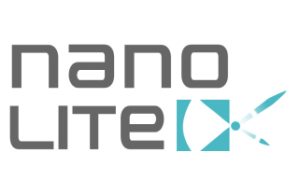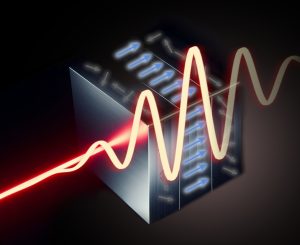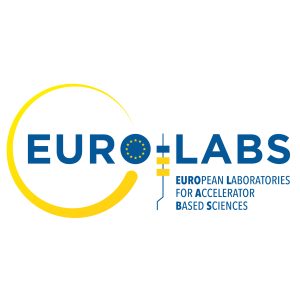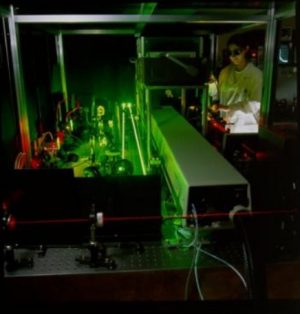Contact : Michel Mons
Historically linked to the application of lasers to physical chemistry, the activity of the “BioMolecular Structure” group is focussed on the interaction of complex molecular systems with light, in particular, neutral flexible molecules and models of biomolecules, isolated in the gas phase. The general scientific objective is to document, through various laser spectroscopies and theoretical modeling, the interactions encountered in these systems, both in their ground and excited electronic states. One of the challenges is then to resolve the conformational, tautomeric, etc. complexity of these objects in order to document the role of the structure on their dynamic properties, in particular their electronic dynamics, through pump-probe type experiments. This program is achieved thanks to a strong synergy between experiment and theory, made possible by the simultaneous presence of these two skills within the team, made up of chemists and physicists.
Most of the activity is organized according to three key topics, related to the structure and electronic dynamics of flexible systems and biomolecules, and to a valorisation action.
 |
 |
|
|
|
 |
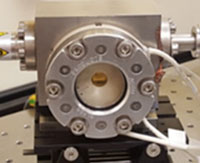 |
| Excited state dynamics |
|
The “BioMolecular Structures” team is located in building 522 of CEA Saclay. It maintains its own fleet of nanosecond lasers and uses the femtosecond / picosecond lasers of several facilities : LUCA / ATTOLAB at Saclay, CLUPS at Paris-Sud University as well as the SOLEIL Synchrotron. It also maintains its own fleet of workstations (~ 4 knots / 50 procs) and uses the national resources of the “Calcul Intensif ” (TGIR GENCI & CCRT-CEA).
• Members• Affiliations• Collaborations• Funding• Former members






